What do Russians eat? Russian eating habits and food preferences
Food is not only a source of pleasure and a sphere of creativity but also a guide to the history of cultures. Almost every type of food or dish have their own historical basis, so by trying a local traditional dish we can get closer to understanding the history of the place. The same applies to Russian cuisine – it reflects the history and the lifestyle of the Russian nation, so let’s look today at what they eat in Russia.

“Porridge of beauty”
Throughout history, Russians have been close to the land. Growing various crops and collecting their grains, our ancestors invented many different ways to process and cook them. It formed the basis for a variety of Russian porridges.
The most popular crop in modern Russia is oats from which the oat-flakes are produced and used to make a porrige for breakfast. The substances in the oat-flakes reduce the levels of sugar and cholesterol in the blood, favorably affect the functions of the stomach, protect the face skin from irritations. They also contain many useful micro-elements and fiber which makes them an ideal breakfast dish.
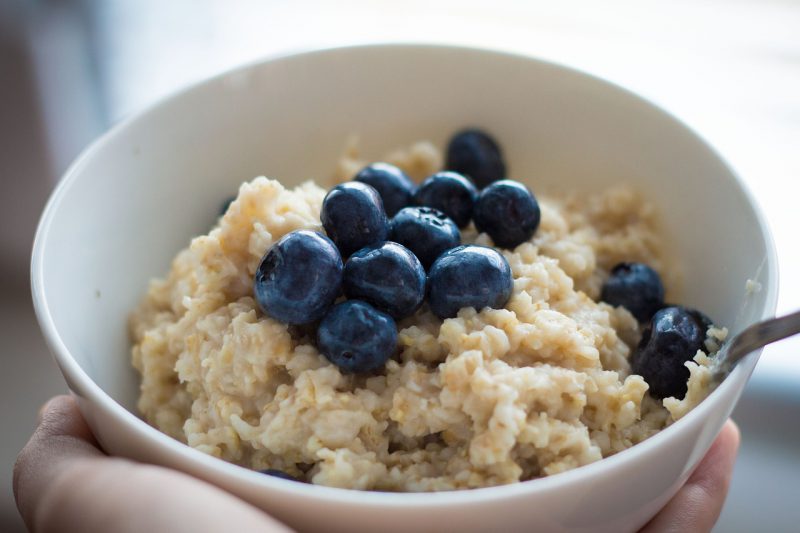
Dairy products
In addition to working in the fields, Russians were engaged in livestock farming. One of the most valuable domestic animals for the peasants was a cow. Fatty cow’s milk has become the main ingredient for various dairy products. Experimenting with milk, as well as with different sourdoughs and milk processing technologies, the Russians were able to create a variety of diverse and unique dairy products that are popular and loved by the people of our country until now.
If you are a fan of the dairy products, you definitely need to try Russian cottage cheese, sour cream, kefir, ryazhenka (fermented baked milk), sour clotted milk, baked milk, cream. In the list of favorite breakfast foods, cottage cheese with sour cream ranks second after the oats.
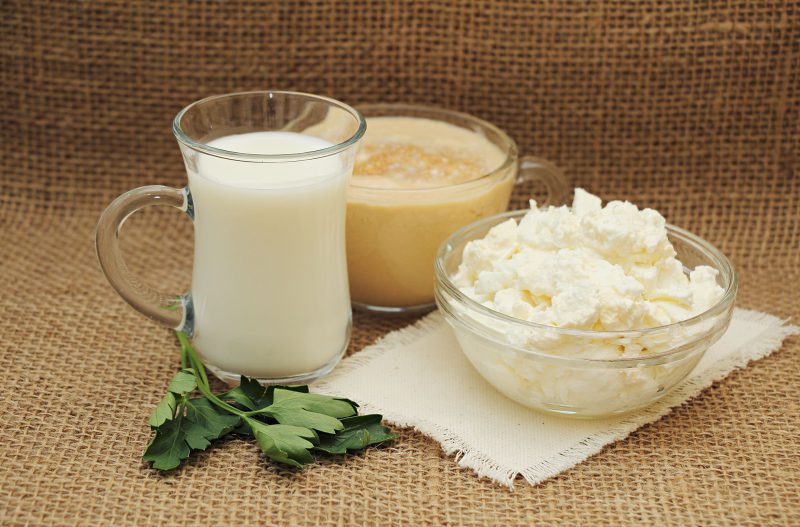
Pickled, fermented and canned vegetables and fruits
Not less popular are various pickled and fermented vegetables. During the short and often cold and barren summer, the main task for people was to preserve the food they managed to gather for as long as possible. The only way to do it was by adding such natural conservants as salt or sugar, by making fermented and pickled foods. And you can do that with not only the vegetables grown on your own but also with various mushrooms and roots found in the forest. Berries and fruits, such as apples or plums, were also preserved in the form of jams and compotes. This tradition of preserving the food for the winter has not lost its popularity after the invention of the refrigerator and remains relevant to this day. The most popular Russian pickled food is sauerkraut which the people make in large quantities.
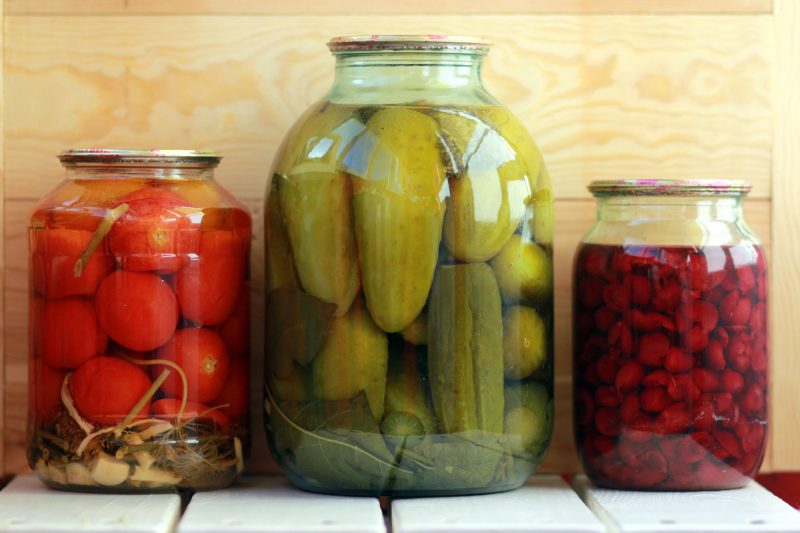
What is the head of everything?
Russians say “хлеб всему голова” (bread is the head of everything). Since ancient times, bread was a symbol of life and work. It is impossible to imagine the Russian cuisine without it. There was a tradition to meet the dearest guests with bread and salt as a sign of deep respect. Especially loved in Russia is dark bread without which no lunch or dinner can go. Bread in Russia is different from the breads of western and eastern countries due to the special coarse grinding of rye grains and the addition of a special yeast which gives the dough a unique taste and texture.
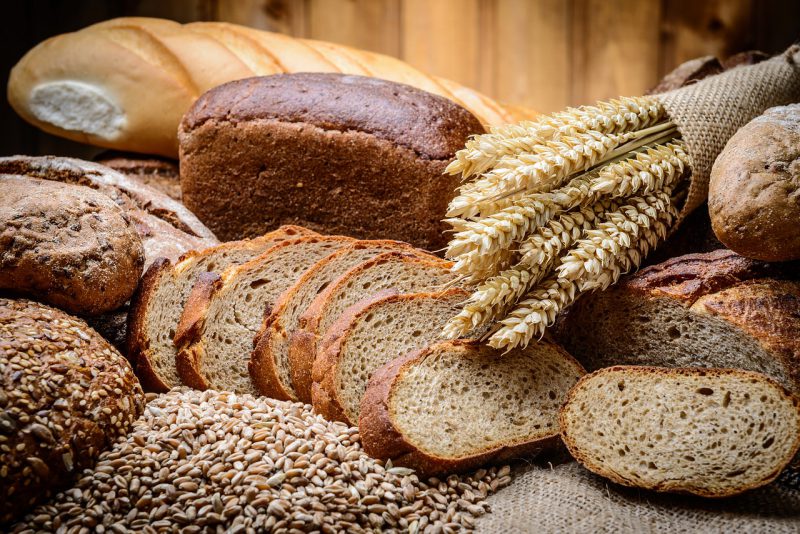
Soups
Soup takes one of the central places in Russian cuisine. Soup as a hot and nourishing dish became the basis of Russian dinner. There is even a saying in Russian that emphasizes the significance of a soup for Russians: «один раз в сутки суп должен быть в желудке» (once a day, the soup must be in the stomach).
Today, we can count a large number of different soups which have their own name depending on its ingredients. The most favorite Russian soups are borscht, shchi (can be made from fresh cabbage or sauerkraut, with mushrooms and other additions), rassolnik (meat or fish soup with pickled or salted cucumbers), mushroom soup, ukha (fish soup), solyanka (soup with pickles and a variety of meats). There are also cold soups which are eaten in hot summertime. The main summer soup – okroshka – is made of vegetables and meat on kvass or kefir. Another summer soup – botvinia – is also a soup of vegetables and meat on water with the addition of beet leaves. Usually, these two soups surprise foreign tourists the most when they try Russian dishes.
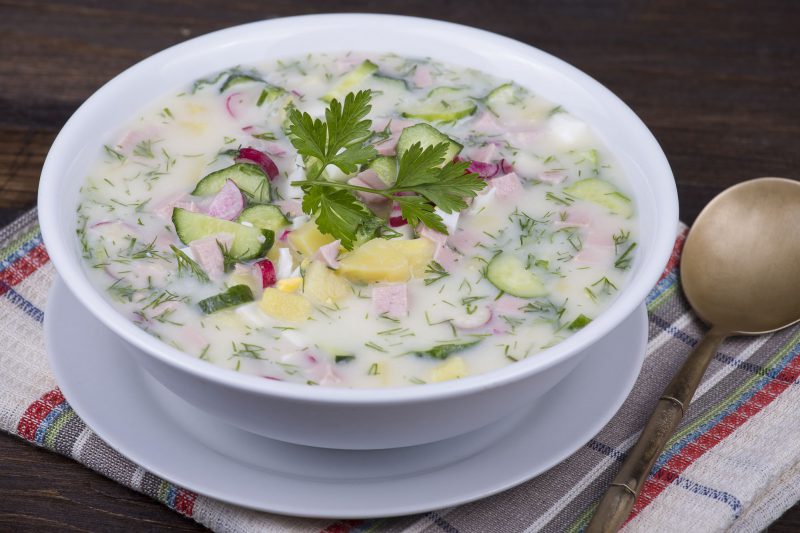
King of salads
If you have ever been a guest of a Russian family or read the menu in a Russian restaurant, then surely you were surprised at the abundance of mayonnaise in Russian dishes. The history of mayonnaise in Russia is very short. In 1939, one of the Kremlin cooks introduced a new sauce – “Provencal” – which remotely resembled an existing Provencal. Comrade Stalin liked the invention so much that Provencal was launched into mass production under the name “Mayonnaise Provencal”. This new sauce was rich in calories and had a pleasant taste which compensated for the poor diet of Soviet people. People began to invent various recipes for salads based on mayonnaise.
Soviet times are gone, but the mayonnaise addiction remains. Today, it is impossible to imagine Russian cuisine without famous Soviet salads with mayonnaise: Olivier, Herring under the fur coats, Crab and Mimosa salads. And despite the trend of healthy nutrition that is spreading around the world, mayonnaise in Russia is gaining more and more popularity – it is added not only to salads, but also used to bake meat or fish or eaten on its own along with bread and even pasta.

Herring
Many foreigners find inexplicable the Russian love for herring which is usually eaten salted with black bread or in a salad. Living along numerous rivers, lakes and on the shores of the seas, our ancestors discovered an interesting fish: after you cook it as usual, its taste leaves much to be desired, but when you salt it, the result surpasses all expectations – the fish becomes tender with a pleasant, slightly spicy and original taste. Thus the “herring tradition” has started. In Soviet times, the herring fishery was very large, it made this fish an affordable but very tasty delicacy. Nowadays in Russia, herring remains popular and its traditional salting recipes are preserved.
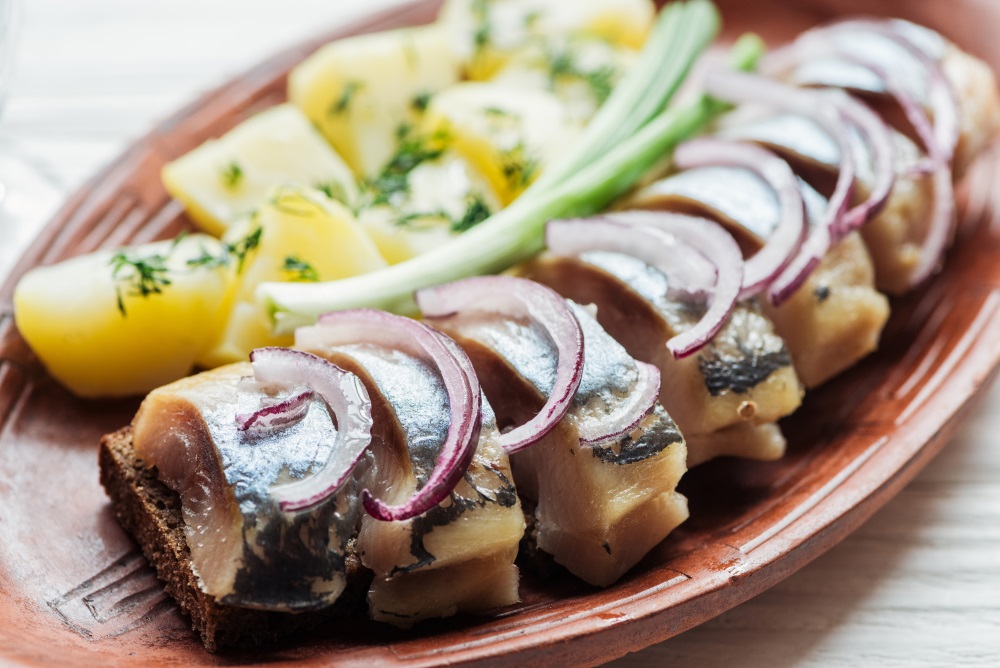
“Queen of crops”
Buckwheat – “The queen of crops” – originated in northern India and Nepal. After making a long way around Asia, in the 15th century, it arrived to Russia and became popular due to its unpretentious nature. In Russia, buckwheat looks like a small solid dark brown grain, unlike in France or Germany where the buckwheat grain is not so dark and a bit greenish. Buckwheat is boiled in water or milk. It can be a separate dish (often used with milk, butter, or sugar) or served as a side dish. The main advantages of this crop are the ease of preparation and a large number of healthy substances that are good for the body. For foreigners who have never tried buckwheat, its taste may seem a bit bitter and too specific. Perhaps, that’s why in many countries buckwheat is not so popular as in Russia.
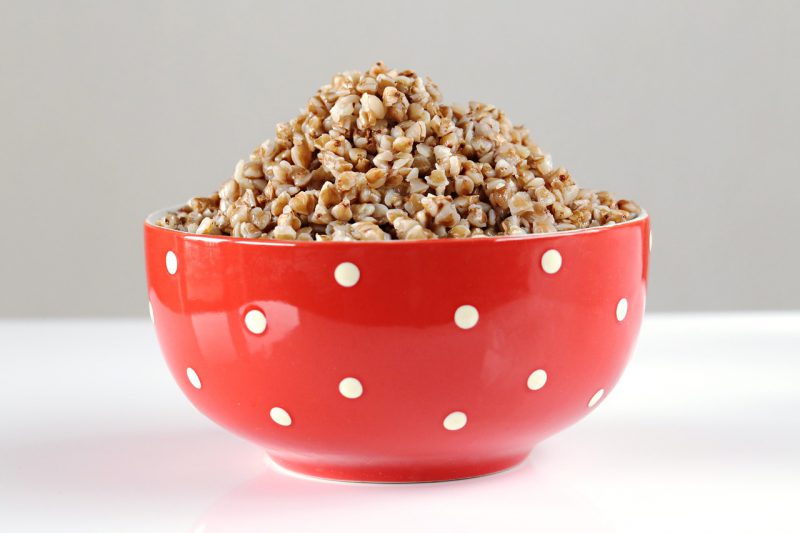
Boiled condensed milk
Most likely, you have heard of such a product as condensed milk. Maybe you even tried it and know what its taste is – very sweet, gentle, a little milky. Condensed milk was very popular in USSR often being one of not many deserts that parents could treat their kids with.
Now imagine that you took a can of condensed milk, put it in a saucepan and boil it for 3 to 4 hours. Why? – you ask surprised. To get a new, unique, and even more delicate taste. The funny part is that if you forget to regularly add water that evaporates after a long time on fire, you risk to paint your kitchen walls and ceiling with condensed milk as the can will explode.
You might wonder who came up with this idea? There is no exact answer to it, but there is a legend that the son of one of the Soviet-era party leaders Anastas Mikoyan decided to conduct such an experiment and boiled a can of condensed milk, which, of course, exploded. Allegedly, after this, the idea spread to the masses, and everyone began to try to cook a new delicacy, but now “observing safety precautions”.
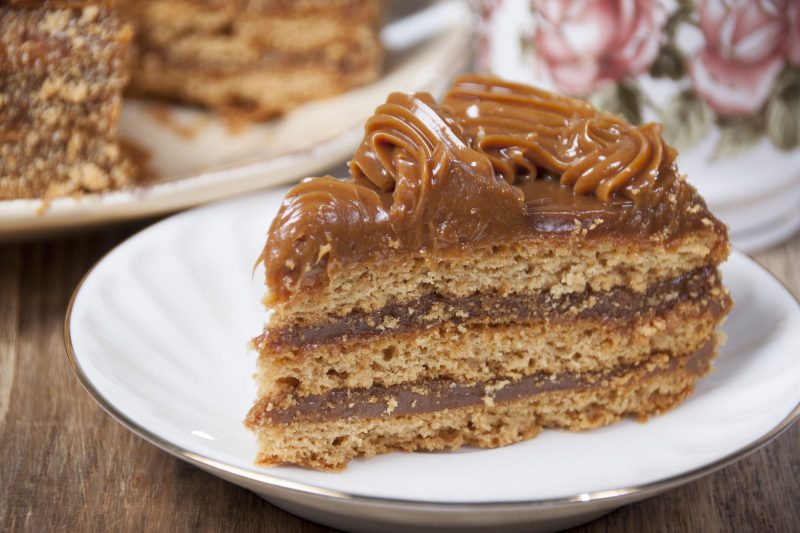
Consclusion
This article can be considered a mini-guide on most prominent features of Russian cuisine that not many know about. You usually hear a lot about traditional Russian blini, pelmeni and pies, but if you have the opportunity to try something new and unusual from Russian cuisine, do not miss your chance!

Culturologist, professor of Russian as a foreign language and promoter of Russian culture.
Aleksandra gives Russian lessons via Skype.







I haven’t spoken Russian in ages and I want to add to my vocabulary in preparation to visit Russia again
Hello Illya,
We can recommend a few free websites where you can do that:
– Russian Word of the Day (https://learnrussianwords.com/)
– Learn Russian Step by Step (https://learnrussianstepbystep.com/en/home/)
Good luck! )